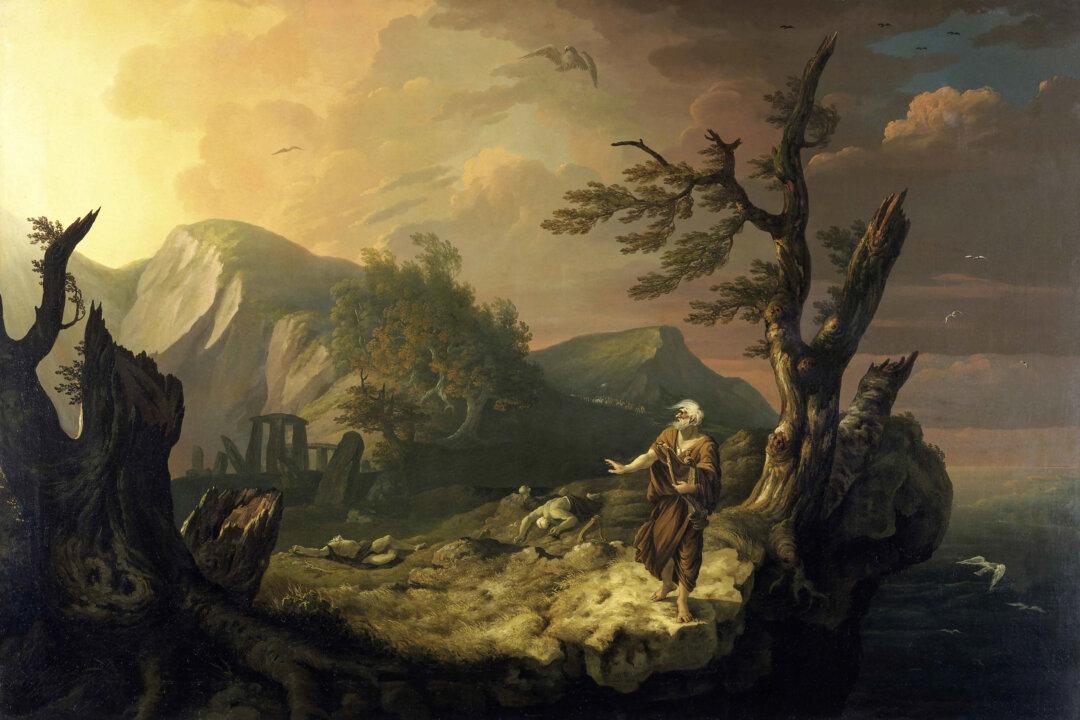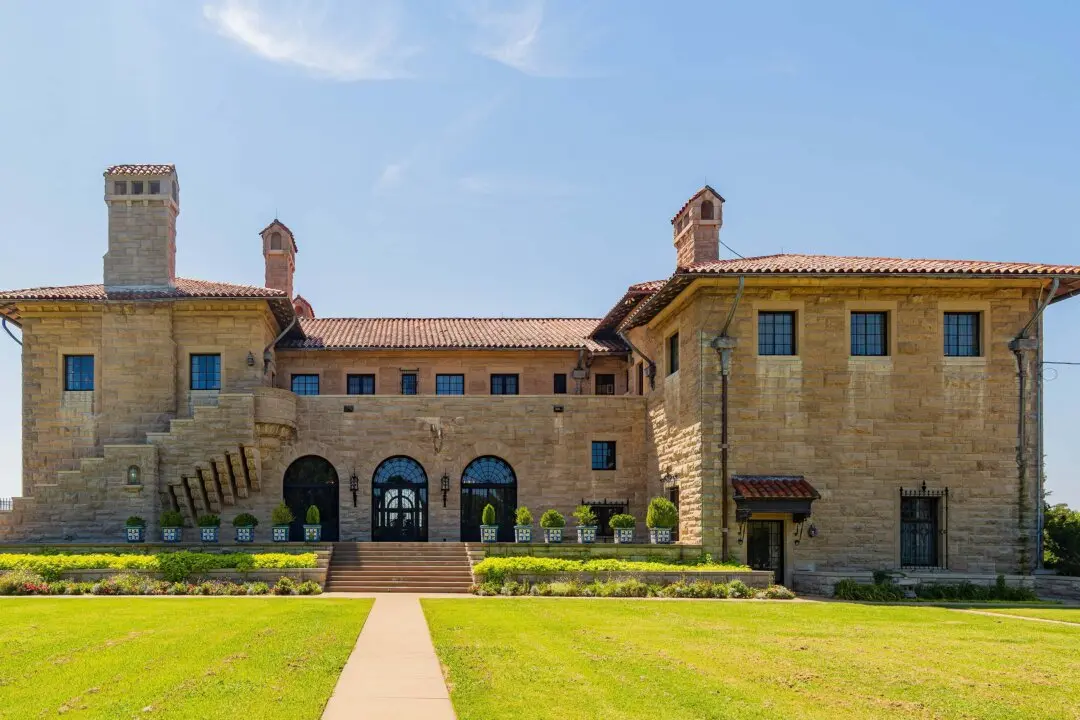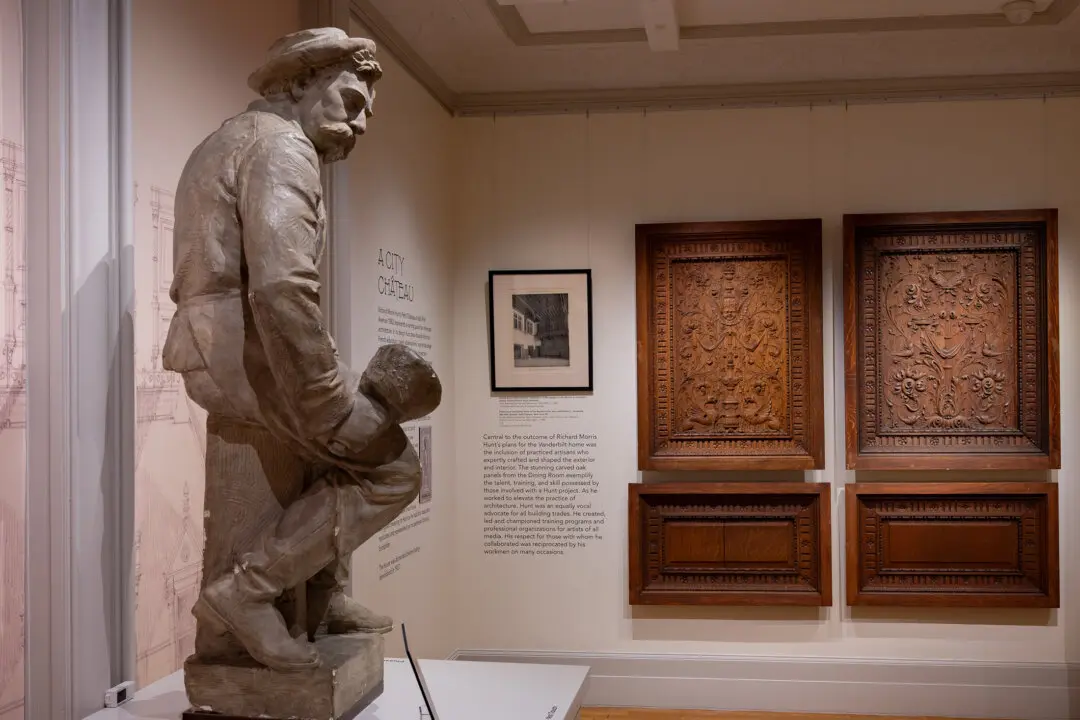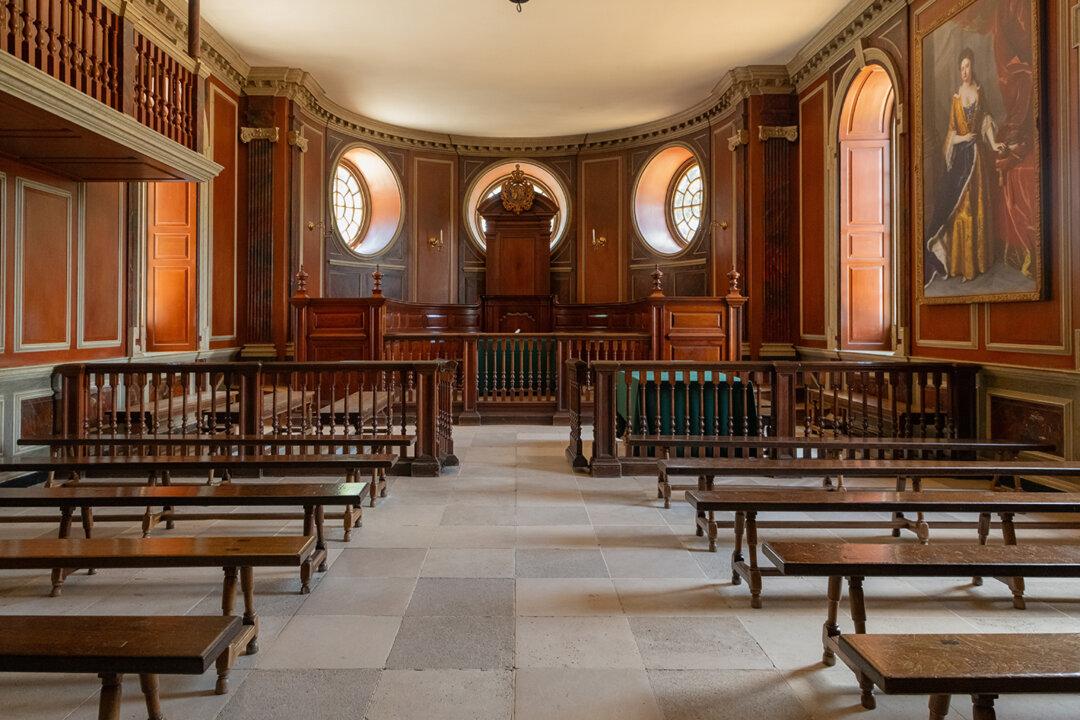A windswept landscape, captured as the sun sets, draws you in. It is a rugged mountain scene with trees that have endured many storms. The sun descends behind the highest peak, casting a golden glow into the aerial perspective. As your eyes adjust to the evening light, you find yourself drawn to the cliff in the foreground at the edge of a dark sea. Nature seems dark and troubled in the waning light.
The composition focuses on a lone man, standing precariously at the edge of the cliff. Dressed like a Celtic Druid or an old Welsh bard, this man is the last of his kind. Painted by the Welsh Romantic artist Thomas Jones (1742–1803), “The Bard” is based on Thomas Gray’s poem “The Bard: A Pindaric Ode“ (1757) that tells of the Welsh bards’ massacre by England’s King Edward I.
On a rock, whose haughty brow Frowns o'er old Conway’s foaming flood, Rob'd in the sable garb of woe, With haggard eyes the poet stood; (Loose his beard, and hoary hair Stream'd, like a meteor, to the troubled air) And with a master’s hand, and prophet’s fire, Struck the deep sorrows of his lyre.





